Home>Gardening & Outdoor>Pool & Spa Care>How To Use Hot Tub Test Strips
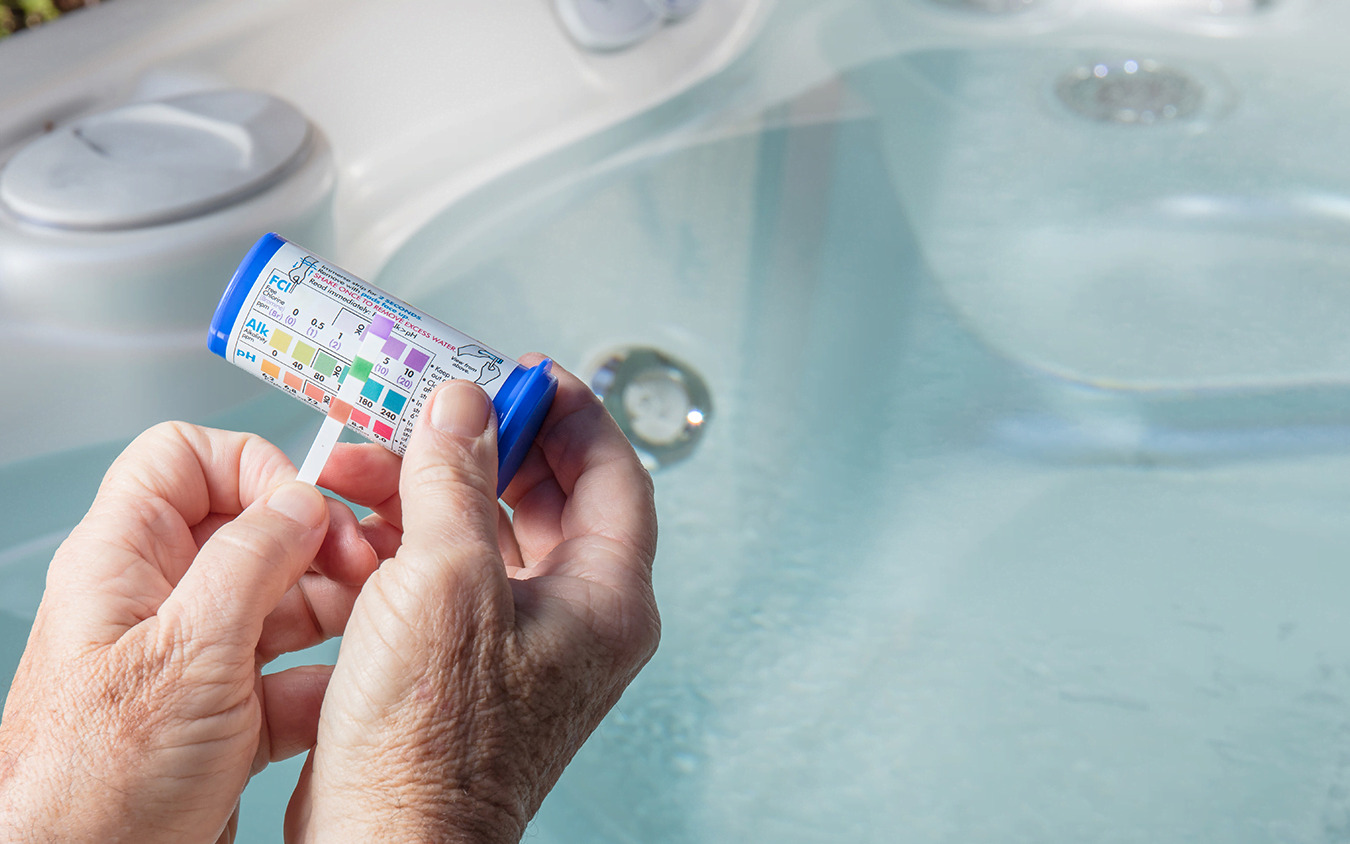

Pool & Spa Care
How To Use Hot Tub Test Strips
Modified: February 25, 2024
Learn how to effectively use hot tub test strips for pool and spa care. Follow these simple steps to maintain the perfect water balance.
(Many of the links in this article redirect to a specific reviewed product. Your purchase of these products through affiliate links helps to generate commission for Storables.com, at no extra cost. Learn more)
Introduction
Welcome to the wonderful world of hot tub ownership! Whether you’re a seasoned hot tub enthusiast or a newcomer to the joys of soaking in warm, bubbling water, maintaining your hot tub’s water quality is essential for a clean, safe, and enjoyable experience. One of the key tools in your maintenance arsenal is the humble yet mighty hot tub test strip.
Hot tub test strips are a simple and effective way to monitor the chemical balance of your hot tub water. By using these handy strips, you can quickly and easily check levels of essential chemicals such as chlorine, pH, alkalinity, and more, helping you ensure that your hot tub water is perfectly balanced for safe and comfortable soaking.
In this comprehensive guide, we’ll delve into the ins and outs of hot tub test strips, providing you with a step-by-step tutorial on how to use them, interpret the results, and keep your hot tub water in pristine condition. So, let’s dive in and learn all about the essential art of using hot tub test strips!
Key Takeaways:
- Regularly test your hot tub water with specific hot tub test strips to maintain safe and comfortable soaking conditions. Keep records and make adjustments as needed for balanced water chemistry.
- Follow proper test strip usage, storage, and interpretation techniques to ensure accurate results and a harmonious hot tub environment. Seek professional guidance for persistent water chemistry issues.
Read more: How To Test A Hot Tub Pump
Understanding Hot Tub Test Strips
Hot tub test strips are small, narrow pieces of paper or plastic that are coated with reactive chemicals. These chemicals undergo color changes when they come into contact with specific substances in the water, allowing you to measure the levels of various parameters in your hot tub.
Most hot tub test strips are designed to test for multiple factors simultaneously, including chlorine or bromine levels, pH, total alkalinity, and water hardness. Some advanced test strips can also measure cyanuric acid levels, which is particularly important for hot tubs that use stabilized chlorine products.
When selecting test strips for your hot tub, it’s crucial to choose a product that is specifically formulated for hot tub or pool use. While test strips designed for swimming pools may seem similar, they often have different ranges and accuracy levels, which could lead to inaccurate readings in a hot tub environment.
Proper storage and handling of test strips are also essential to ensure accurate results. Exposure to moisture, sunlight, or extreme temperatures can compromise the effectiveness of the strips, leading to inaccurate readings. It’s best to store test strips in a cool, dry place and tightly reseal the container after use to protect them from environmental factors.
Understanding the purpose and capabilities of hot tub test strips is the first step toward maintaining balanced water chemistry in your hot tub. These convenient tools provide a quick and reliable method for monitoring essential water parameters, allowing you to take proactive steps to keep your hot tub water clean, clear, and inviting.
Step-by-Step Guide to Using Hot Tub Test Strips
Using hot tub test strips is a straightforward process that can be easily incorporated into your regular hot tub maintenance routine. Follow these simple steps to ensure accurate and reliable test results:
- Gather Your Supplies: Before testing your hot tub water, ensure that you have a fresh, unexpired set of hot tub test strips on hand. Additionally, have a pen and notebook or a dedicated water chemistry log to record your test results for future reference.
- Dip the Test Strip: Submerge the test strip in your hot tub water for the duration specified in the manufacturer’s instructions, usually around 2-3 seconds. Be sure to dip the strip at least elbow-deep to obtain a representative sample of the water from the middle of the tub.
- Remove and Shake Off Excess Water: After the specified time has elapsed, carefully remove the test strip from the water and promptly shake it to remove any excess water. It’s important to avoid wiping or touching the reactive pads on the strip, as this could alter the test results.
- Wait for the Color Changes: Place the test strip on a clean, dry surface and allow the reactive pads to undergo color changes as they react to the water. The waiting time will vary depending on the specific test strip, so refer to the manufacturer’s instructions for the recommended duration.
- Compare the Colors: Once the designated waiting period has passed, compare the colors of the reactive pads to the color chart provided with the test strips. Match the colors as closely as possible to determine the levels of chlorine, pH, alkalinity, and other parameters in your hot tub water.
- Record Your Results: Using your pen and notebook or water chemistry log, record the results of each parameter tested. This record-keeping will enable you to track changes over time and make informed adjustments to your hot tub’s water chemistry as needed.
By following these steps, you can effectively use hot tub test strips to monitor and maintain the water quality of your hot tub, ensuring a safe, comfortable, and enjoyable soaking experience for you and your guests.
Dip the test strip in the hot tub water for a few seconds, then compare the colors on the strip to the chart provided to check the levels of chlorine, pH, and alkalinity.
Interpreting Test Strip Results
Once you’ve completed the testing process, it’s time to interpret the results to gain valuable insights into your hot tub’s water chemistry. Understanding the implications of the test strip readings will empower you to make informed adjustments and maintain optimal water balance. Here’s how to interpret the most common test parameters:
- Chlorine/Bromine: The chlorine or bromine level indicates the effectiveness of your sanitizer in killing bacteria and maintaining water clarity. The ideal range for chlorine is typically 3-5 parts per million (ppm), while bromine should fall within the range of 4-6 ppm.
- pH: pH measures the acidity or alkalinity of the water. The recommended pH range for hot tubs is 7.4-7.6, which ensures bather comfort, equipment longevity, and sanitizer efficacy.
- Total Alkalinity: Total alkalinity acts as a buffer for pH, helping to prevent rapid fluctuations. The optimal range for total alkalinity in hot tubs is 80-120 ppm, promoting stable pH levels and preventing corrosion or scale formation.
- Water Hardness: Water hardness refers to the concentration of minerals, primarily calcium and magnesium, in the water. The ideal range for hot tub water hardness is 150-250 ppm, which supports water clarity and prevents scale buildup.
Upon interpreting the test strip results, you may need to make adjustments to your hot tub’s water chemistry to bring it into the recommended ranges. For example, if the chlorine level is too low, you can add a suitable sanitizer to the water. Conversely, if the pH is high, you can use a pH decreaser to bring it down to the optimal range.
Regularly monitoring and interpreting test strip results will enable you to maintain balanced water chemistry in your hot tub, promoting a safe and enjoyable environment for relaxation and rejuvenation. By staying proactive in your water maintenance efforts, you can ensure that your hot tub remains a pristine oasis of comfort and tranquility.
Tips for Using Hot Tub Test Strips
Maximizing the effectiveness of your hot tub test strips involves more than just dipping and reading. Consider these valuable tips to enhance the accuracy and efficiency of your testing process:
- Regular Testing: Establish a routine for testing your hot tub water, ideally at least twice a week. Consistent monitoring allows you to detect and address imbalances before they escalate, promoting a stable and inviting hot tub environment.
- Follow Manufacturer’s Instructions: Always adhere to the specific guidelines provided by the test strip manufacturer. This includes the dipping duration, waiting time for color changes, and the correct method for comparing the results to the color chart.
- Test at the Same Time of Day: For the most accurate comparison of test results, try to conduct your water testing at the same time of day. Factors such as sunlight exposure, bather load, and chemical additions can influence water chemistry, so consistency in testing conditions is beneficial.
- Store Test Strips Properly: Protect the integrity of your test strips by storing them in a cool, dry location and sealing the container tightly after each use. Exposure to moisture, heat, or sunlight can compromise the accuracy of the strips.
- Calibrate Your Results: If you find that your test strip readings consistently deviate from your anticipated values, consider cross-referencing the results with a different brand of test strips or using an alternative testing method to verify the accuracy.
- Seek Professional Advice: If you encounter persistent water chemistry issues or are uncertain about interpreting test strip results, don’t hesitate to consult with a professional pool and spa expert. Their guidance can help you troubleshoot challenges and maintain a harmonious hot tub environment.
By incorporating these tips into your hot tub maintenance routine, you can harness the full potential of test strips to uphold balanced water chemistry, ensuring a delightful and rejuvenating experience every time you step into your hot tub.
Read more: How To Test Hot Tub Water With Strips
Conclusion
As you immerse yourself in the world of hot tub ownership, mastering the art of using hot tub test strips will prove to be an invaluable skill. These simple yet powerful tools empower you to maintain optimal water chemistry, safeguarding the health, comfort, and enjoyment of your hot tub experience.
By understanding the purpose and functionality of hot tub test strips, you can confidently monitor essential parameters such as chlorine, pH, alkalinity, and water hardness, gaining insights that drive informed adjustments and interventions. This proactive approach not only preserves water quality but also prolongs the lifespan of your hot tub and its components, ensuring long-term satisfaction and relaxation.
Through a step-by-step guide to using test strips, you’ve learned the importance of proper technique and accurate interpretation of results. This knowledge equips you to seamlessly integrate water testing into your regular maintenance routine, fostering a consistent and harmonious hot tub environment for yourself and your guests.
As you interpret test strip results and make targeted adjustments, you’re actively contributing to the preservation of your hot tub’s water balance, creating a safe and inviting haven for relaxation and rejuvenation. The diligence and care you invest in using hot tub test strips ultimately translate into a rewarding and fulfilling hot tub ownership experience.
Remember, the journey of hot tub ownership is a continual learning process, and the mastery of using hot tub test strips is a significant milestone in your pursuit of water maintenance excellence. With each dip of a test strip and every adjustment made, you’re nurturing a space where serenity and pleasure converge, enriching your life and those of your cherished guests.
So, embrace the art of using hot tub test strips with confidence and enthusiasm, knowing that your dedication to water quality will perpetuate the allure and allure of your hot tub for years to come.
Frequently Asked Questions about How To Use Hot Tub Test Strips
Was this page helpful?
At Storables.com, we guarantee accurate and reliable information. Our content, validated by Expert Board Contributors, is crafted following stringent Editorial Policies. We're committed to providing you with well-researched, expert-backed insights for all your informational needs.
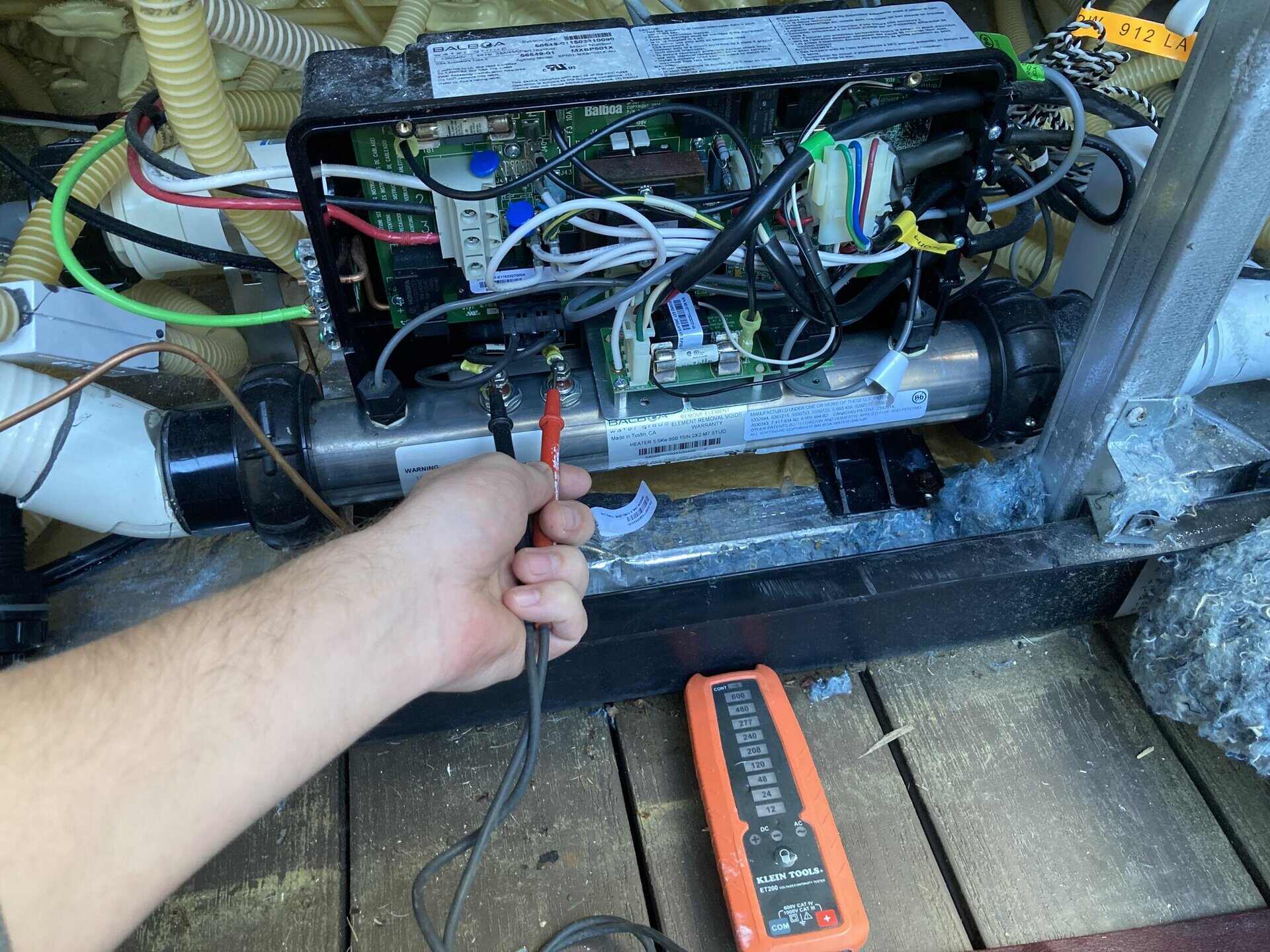
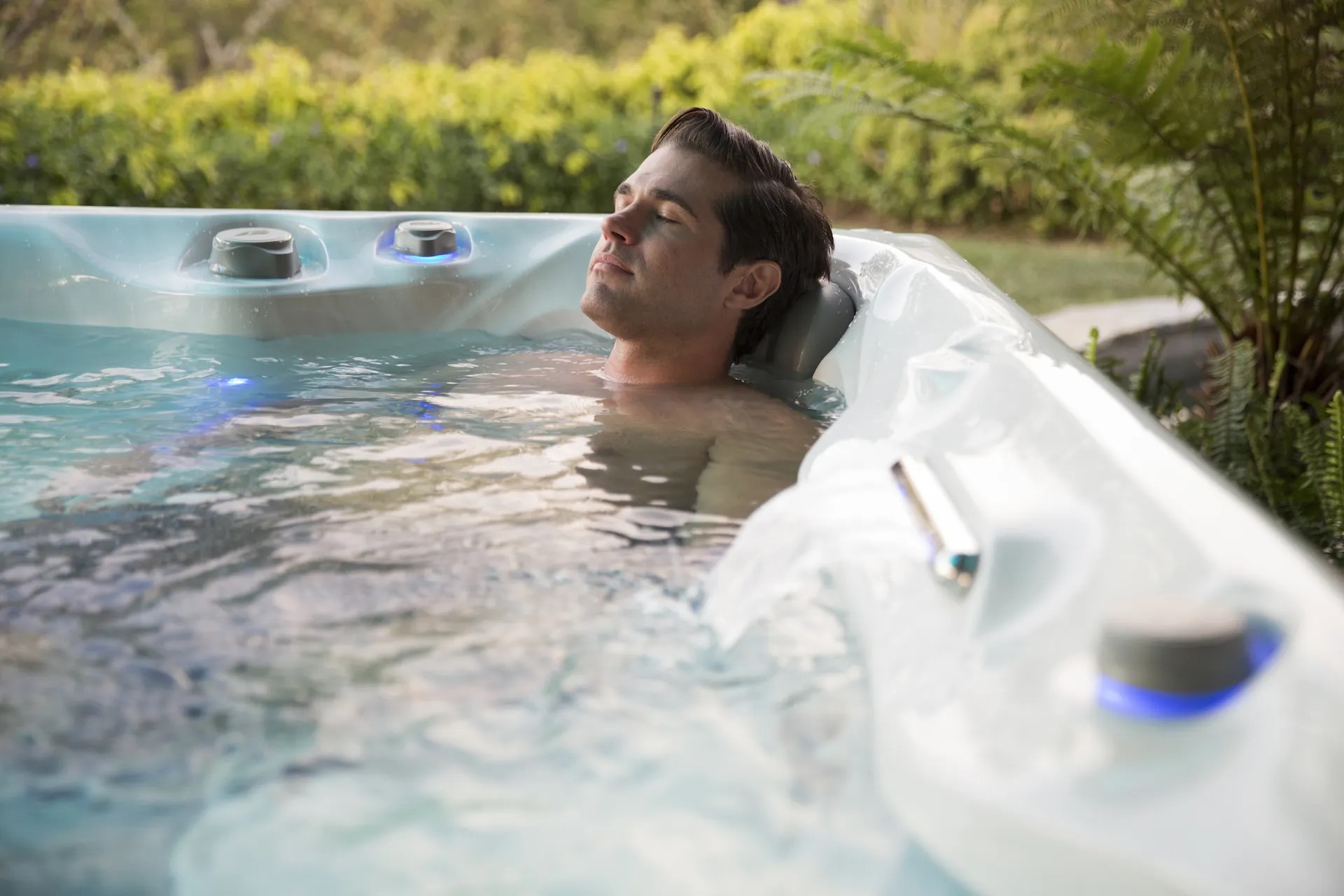


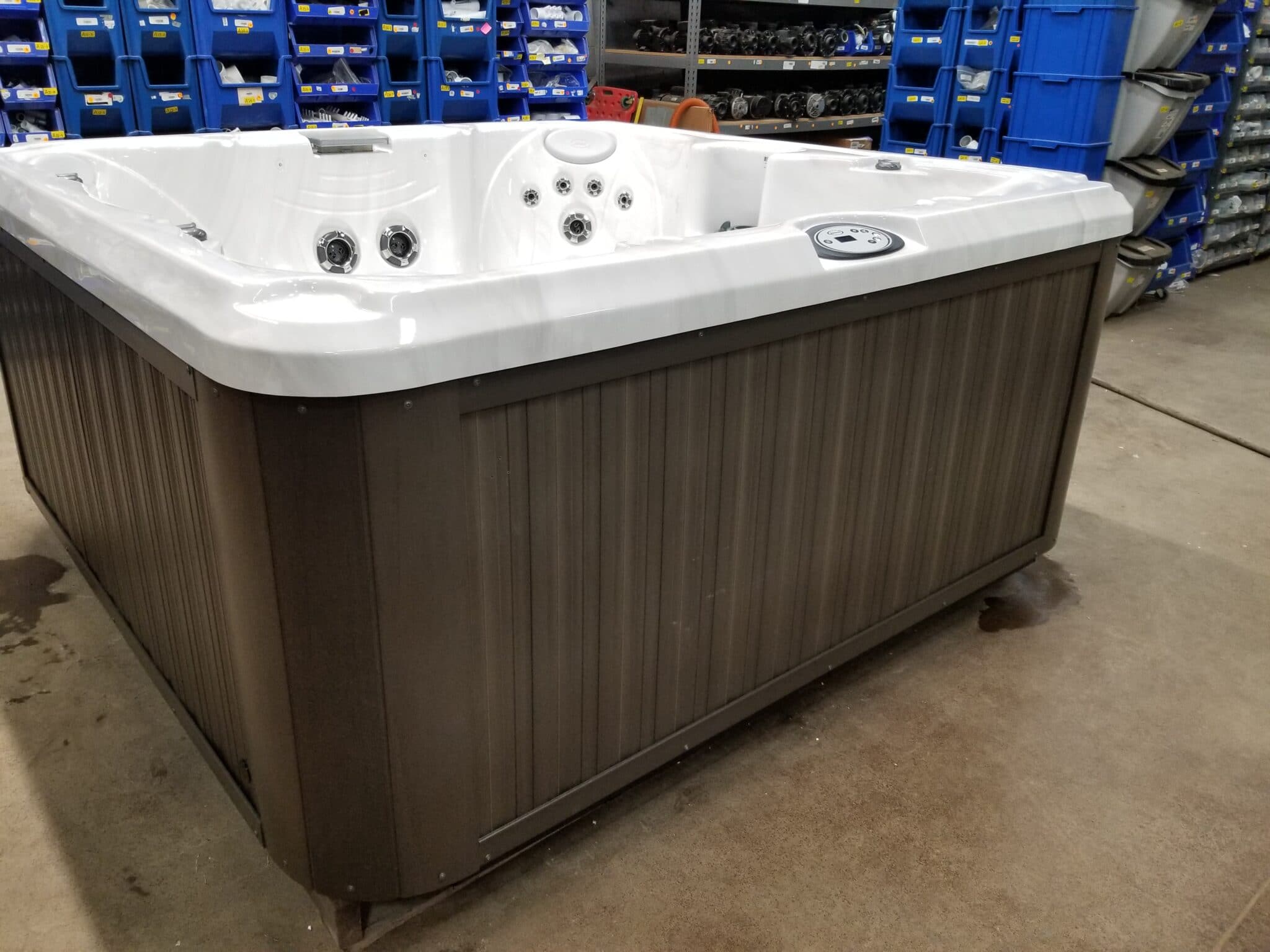
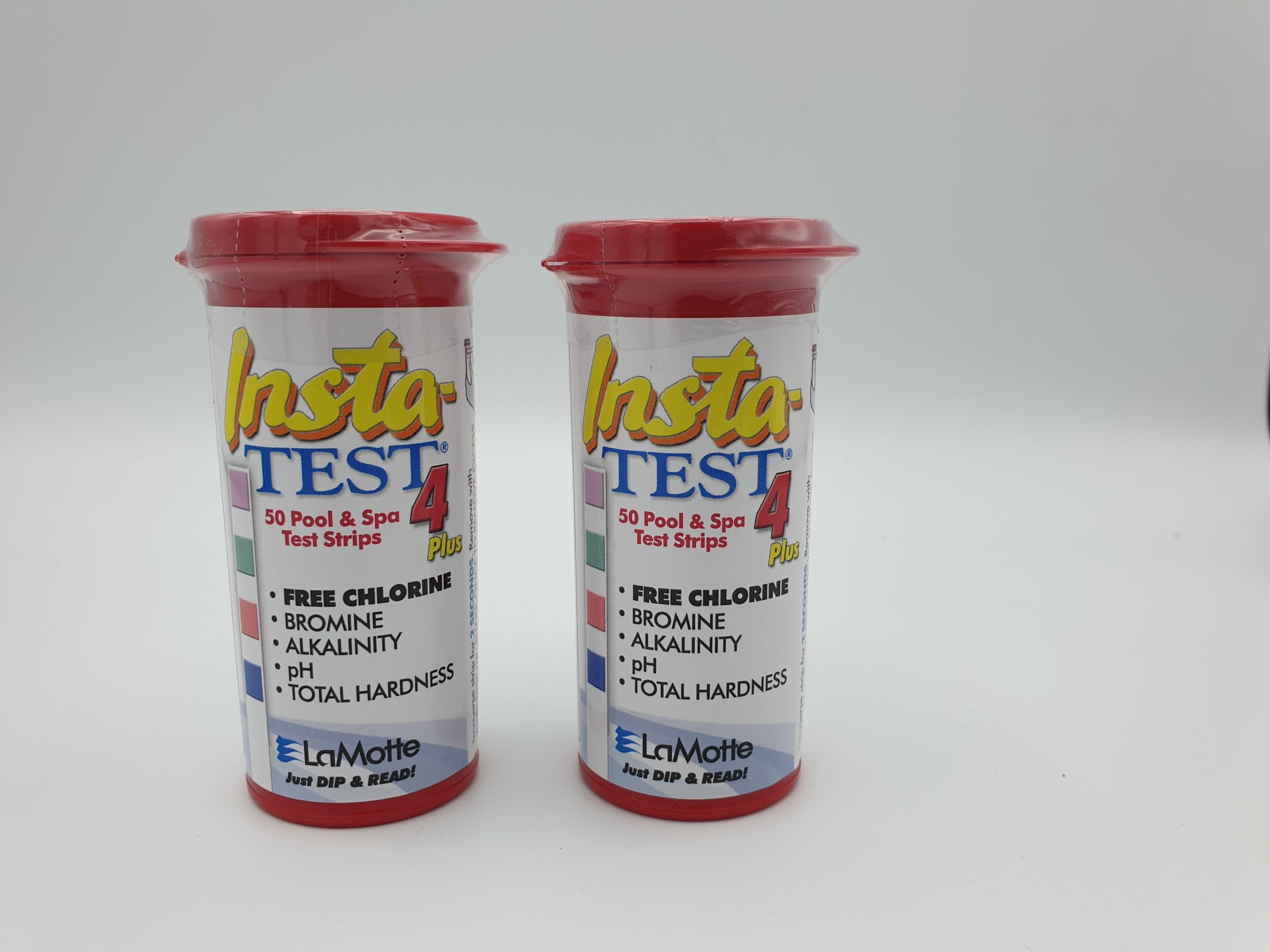
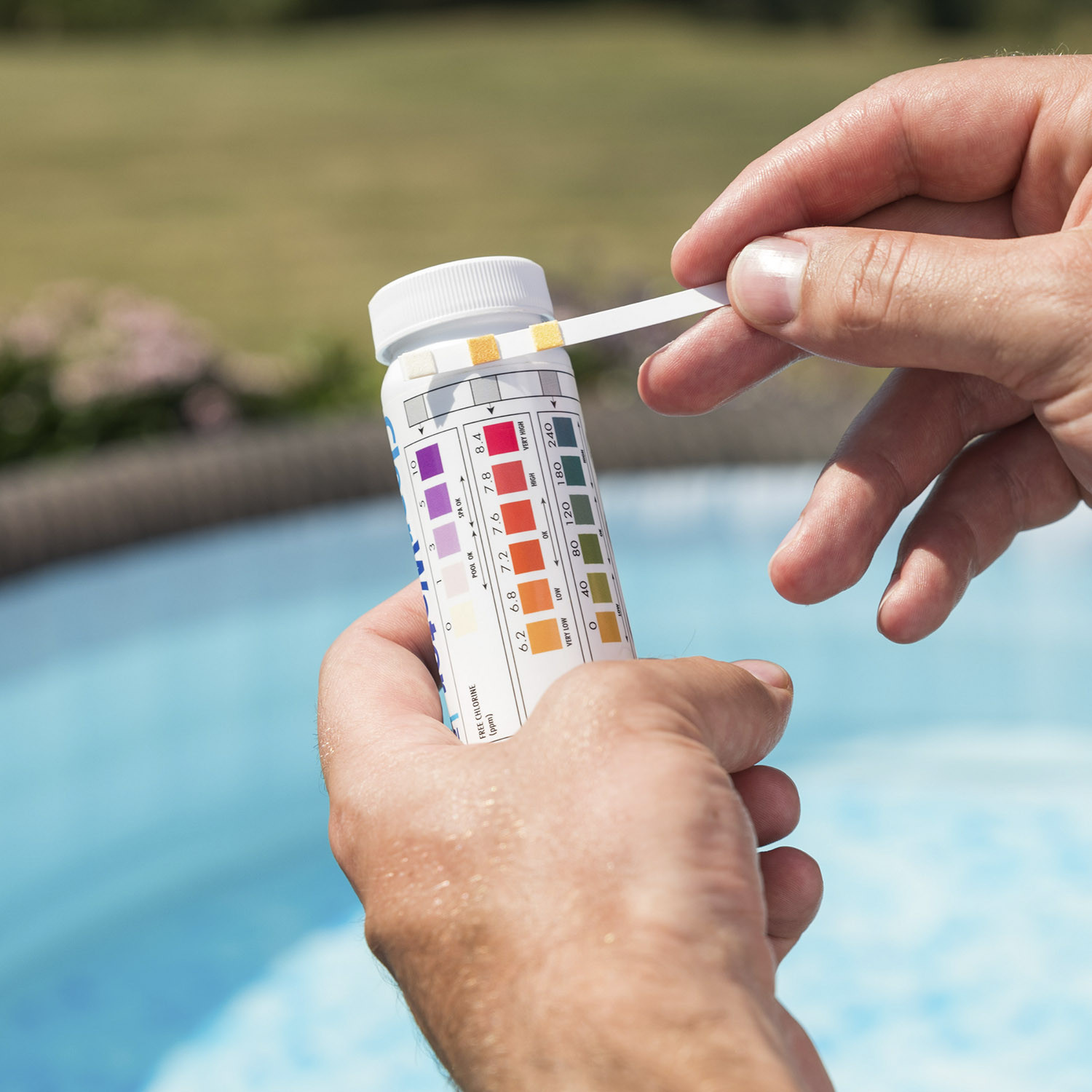
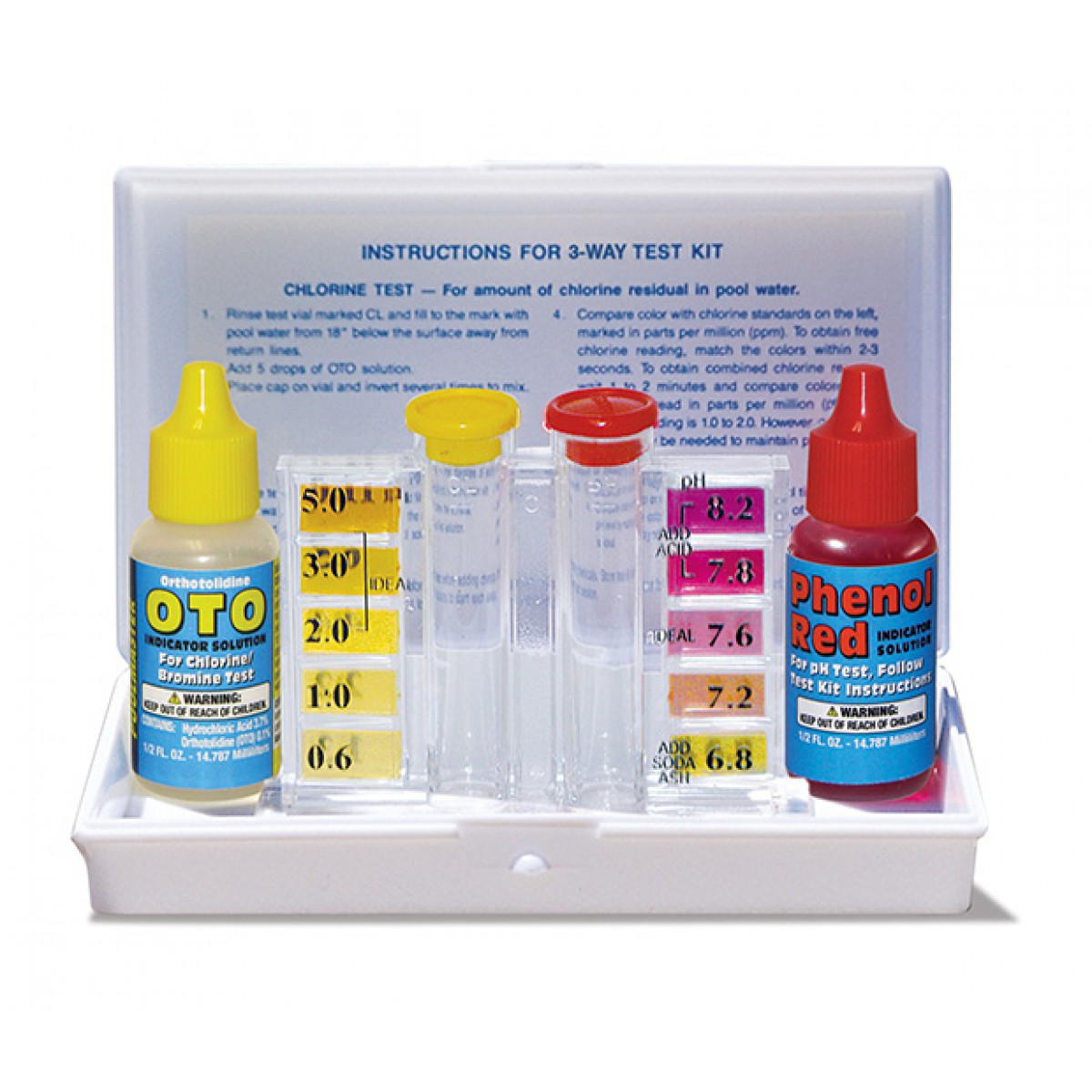
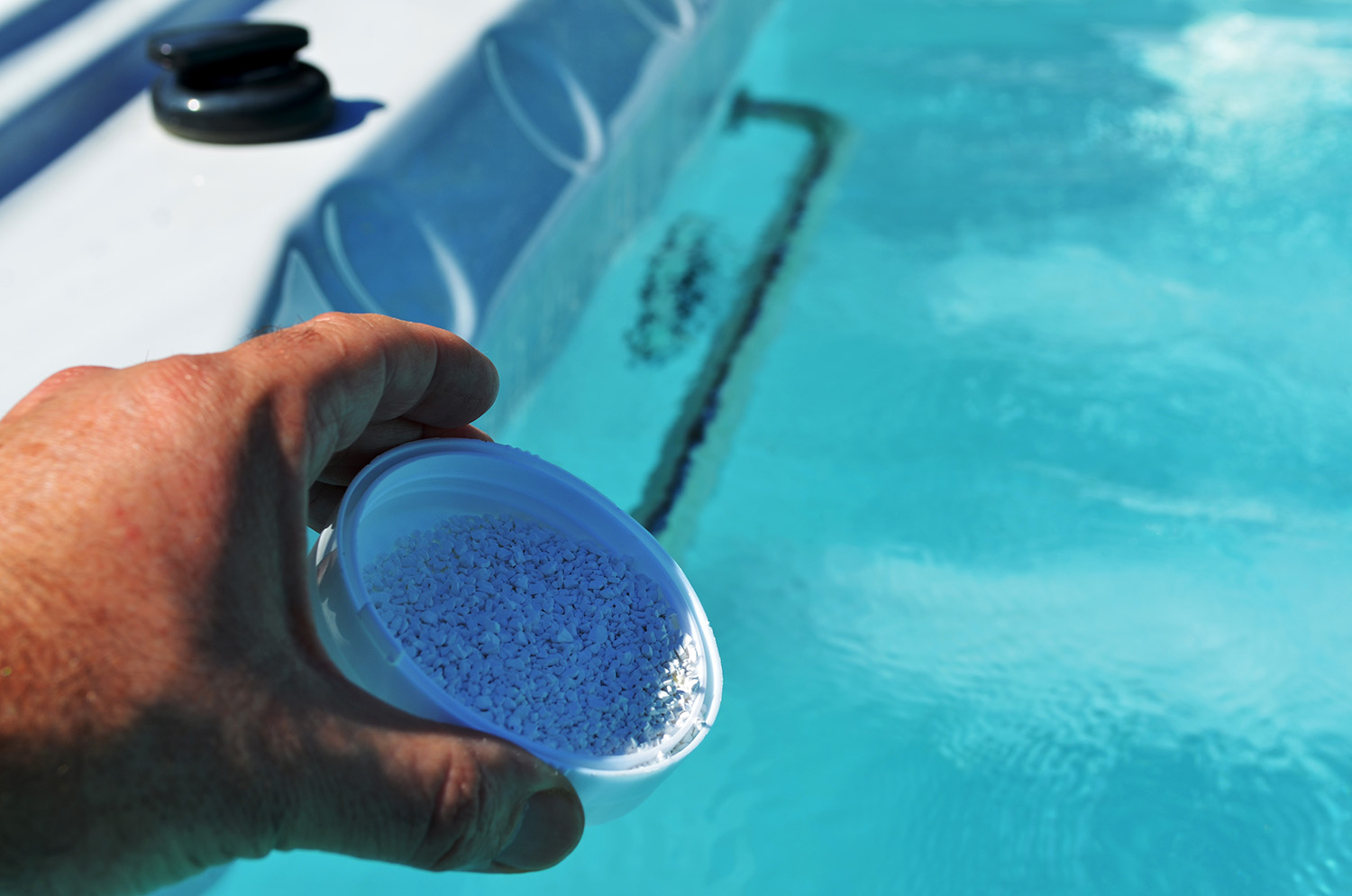

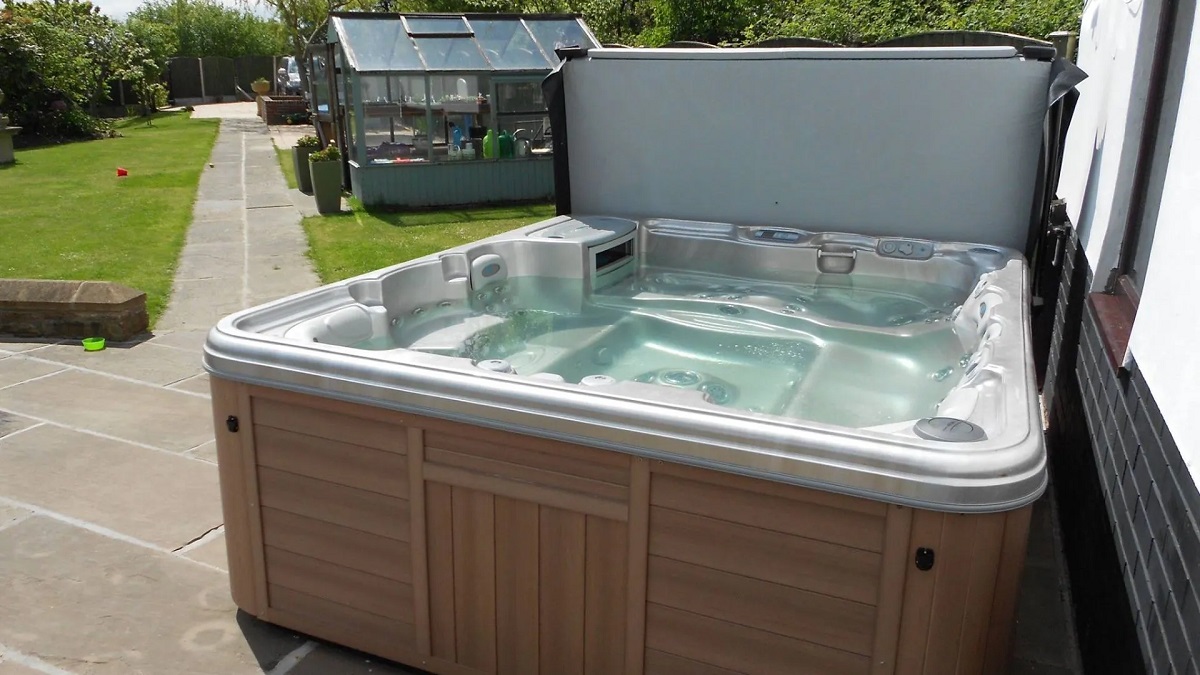
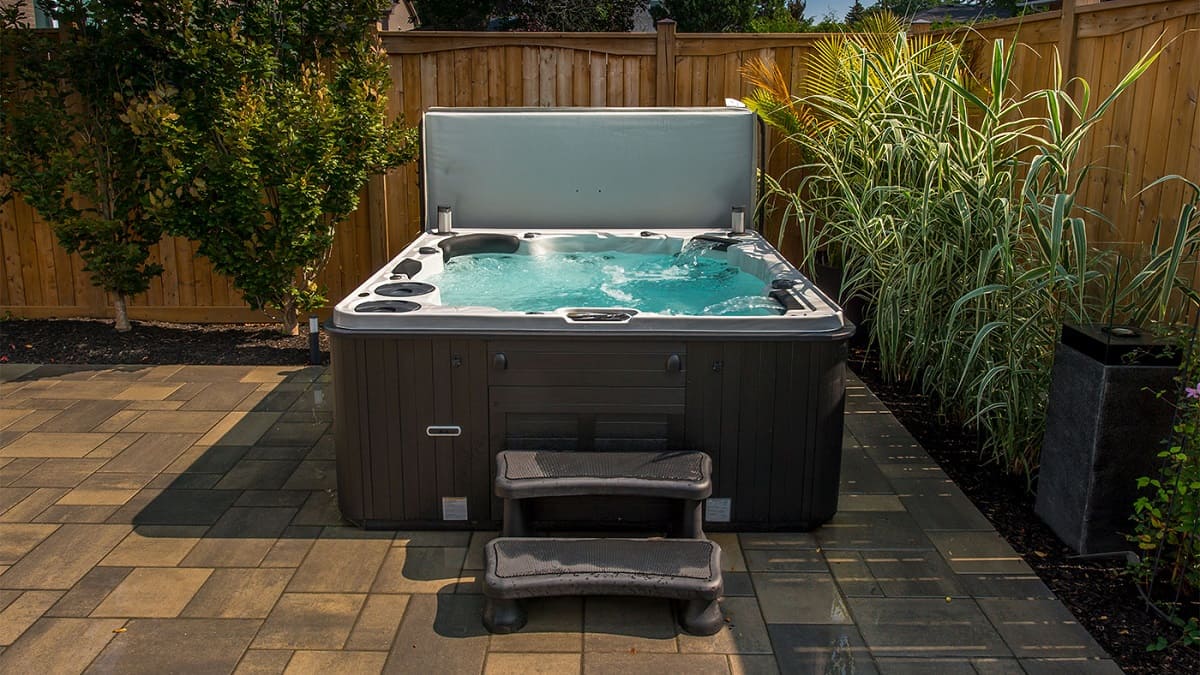
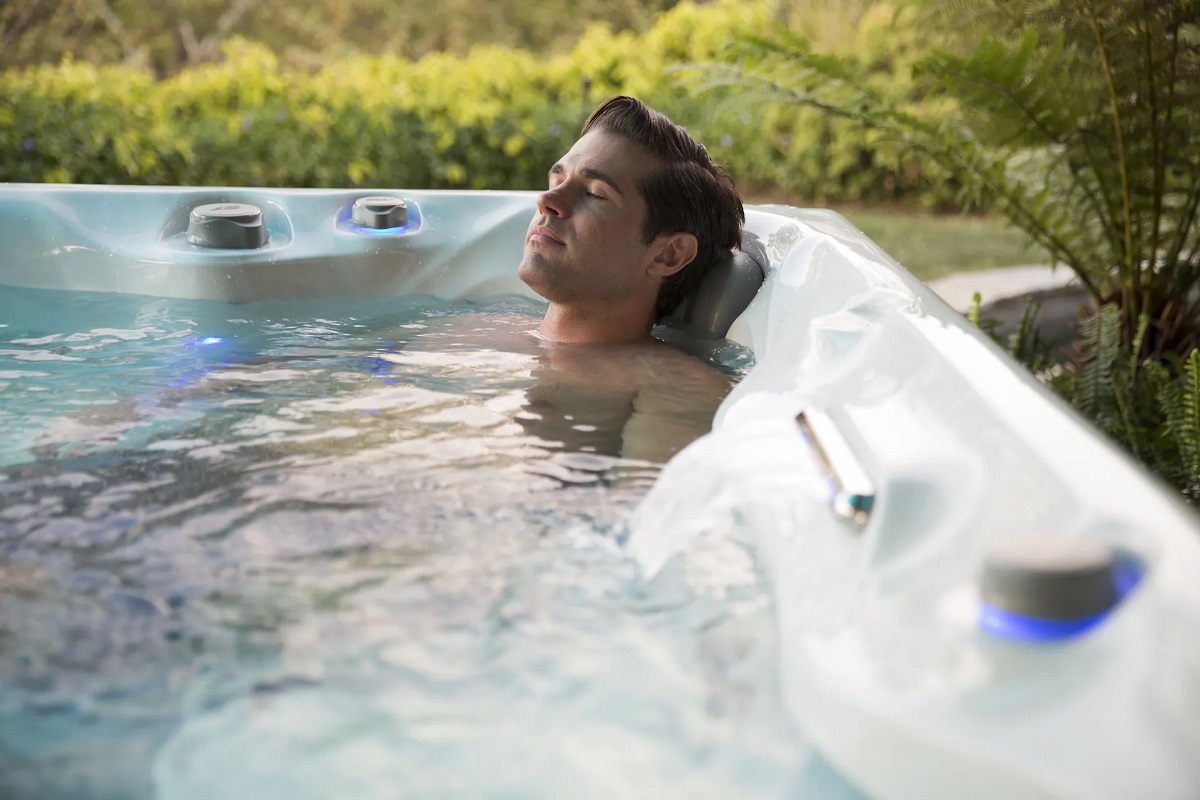
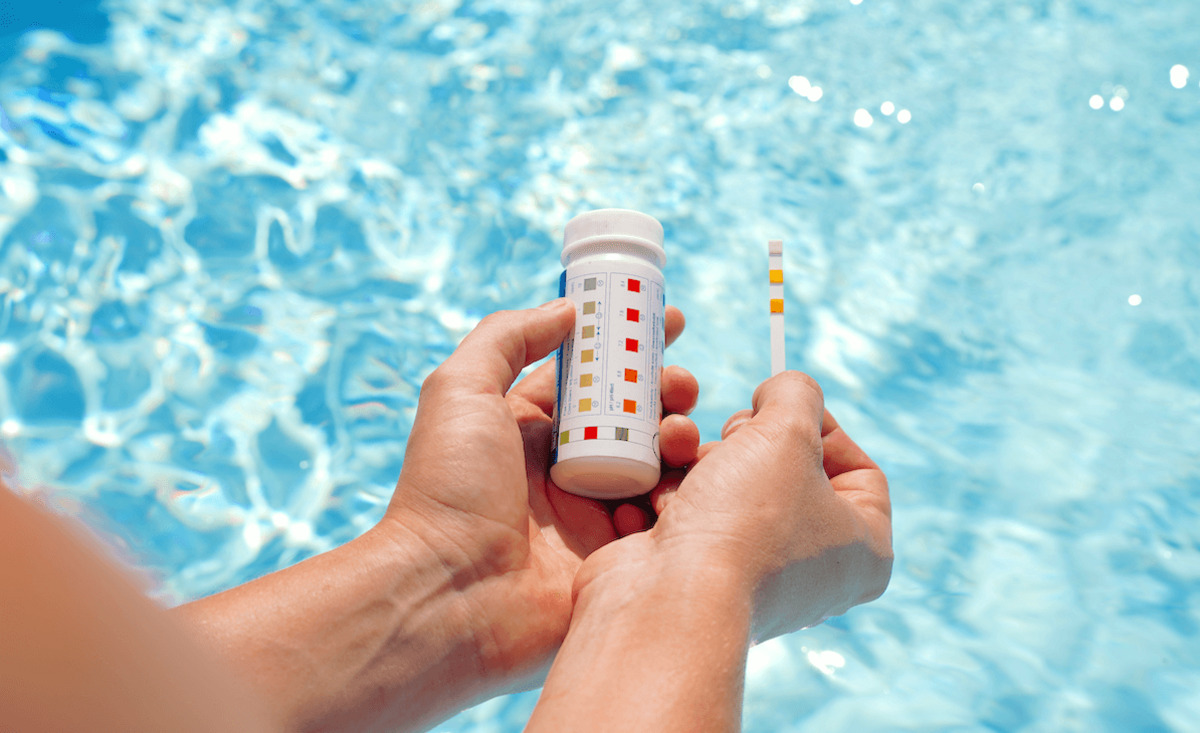

0 thoughts on “How To Use Hot Tub Test Strips”